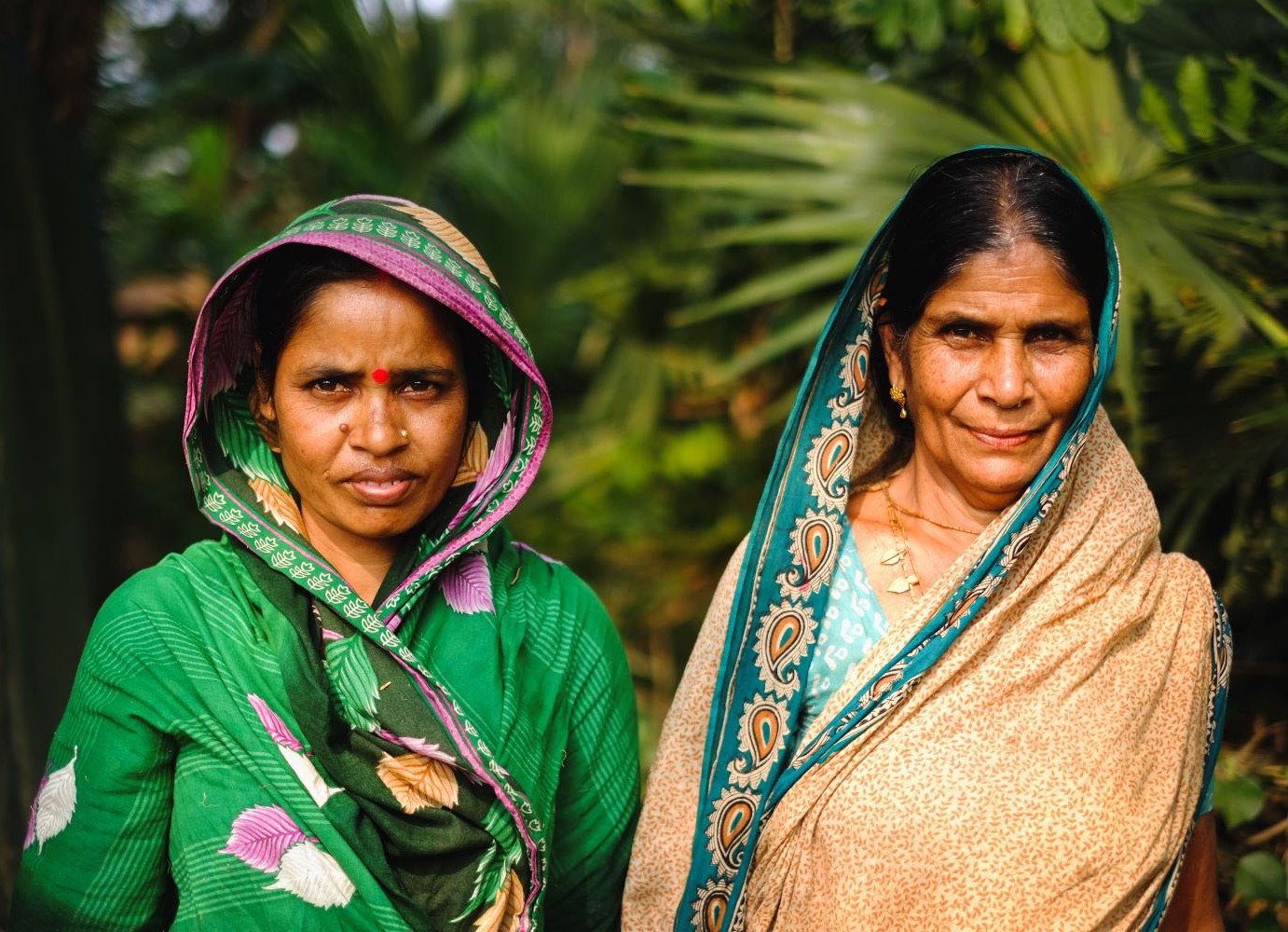Should patients be paid to seek lifesaving services? Should patients receive lifesaving service free of charge? These two questions are different sides of the same coin, and both get at a core topic of health economics: the impact of financial incentives on patient behavior. While these two questions have typically been studied separately, we decided to take a look at them together. In our new study, published in Health Services Research, we find that not charging pregnant women for health services mattered less than paying them.
On one side of the coin, studies have examined how patients negatively respond to increasing prices of health care. The landmark Rand Health Insurance Experiment estimated how an increase in the price of health care (through co-payments) reduced demand for health care in the United States. Studies in low- and middle-income countries have found negative impacts of user fees on preventive and primary health care services.
On the other side of the coin, since the 1990s, the use of conditional cash transfers (CCTs) to increase the use of health services has gained popularity. We’ve seen CCTs aimed primarily at improving measures of child health and to a lesser extent maternal health. Perhaps unsurprisingly, successful CCT programs saw the use of health services among women (the typical transfer recipients) also increase with payments.
In 2005, the Nepali government sought to increase the percentage of babies delivered in health facilities (as opposed to at home), with the ultimate goal of reducing maternal mortality, by using a CCT. To this end, the government created the Safe Delivery Incentive Program (SDIP), under which all pregnant women across the country were offered cash if they delivered in a health facility. Importantly, the stipend was usually enough to cover the costs of transportation.
To further boost facility-based deliveries in select districts with a lower human development index, the Nepali government also chose to cancel standard health facility charges for women, offering a user-fee exemption. We were interested in whether there was a marginal effect of this user-fee exemption in comparison to implementing only the conditional cash transfer. However, we found there was no significant effect overall.
So what should policymakers conclude from our study about the impact of user-fee exemptions?
Well, they should by no means conclude that canceling user fees is ineffective in general. Although canceling user fees in this particular case was not enough to overcome the challenges of access and behavioral change, the joint intervention did seem to have a significant impact in areas with adequate road networks.
This suggests that policymakers should focus their efforts on mitigating barriers to accessing health facilities. Access depends on the state of other development infrastructure (roads, bridges) in addition to infrastructure directly related to health (hospitals, clinics). Increasing health-seeking behavior will require that policymakers work across sectors and place an emphasis on integrated development. That said, policymakers must also recognize that context matters—conclusions about what worked or didn’t work in Nepal may not hold true in another country or setting. As this study is the first, to our knowledge, which examines these two types of incentives together, more work is needed to understand the contexts in which this intervention may succeed.
There are also lessons to be learned from our study about evaluating programs and policies. First, our study benefited from the Nepali program’s rollout both across geographic regions and over time, using the (imperfect) difference-in-differences methodology (we have tried not to let the perfect be the enemy of the good). Second, the Demographic and Health Survey, a US-funded public good, was essential for our study and instrumental to program and policy evaluation. Third, policymakers should be open to trying new strategies and be willing to risk failure. The Nepali government should be lauded for its innovation, which led to better understanding of financial incentives in the health arena. This study should by no means be seen as a criticism of the Nepali government’s program. As a wise teacher once advised, “if you’re going to fail, fail gloriously”—and help the world to learn a bit more about how they can do better next time.
Elina Pradhan, SM, is a doctoral candidate at the Harvard T.H. Chan School of Public Health.
CGD blog posts reflect the views of the authors, drawing on prior research and experience in their areas of expertise.
CGD is a nonpartisan, independent organization and does not take institutional positions.





